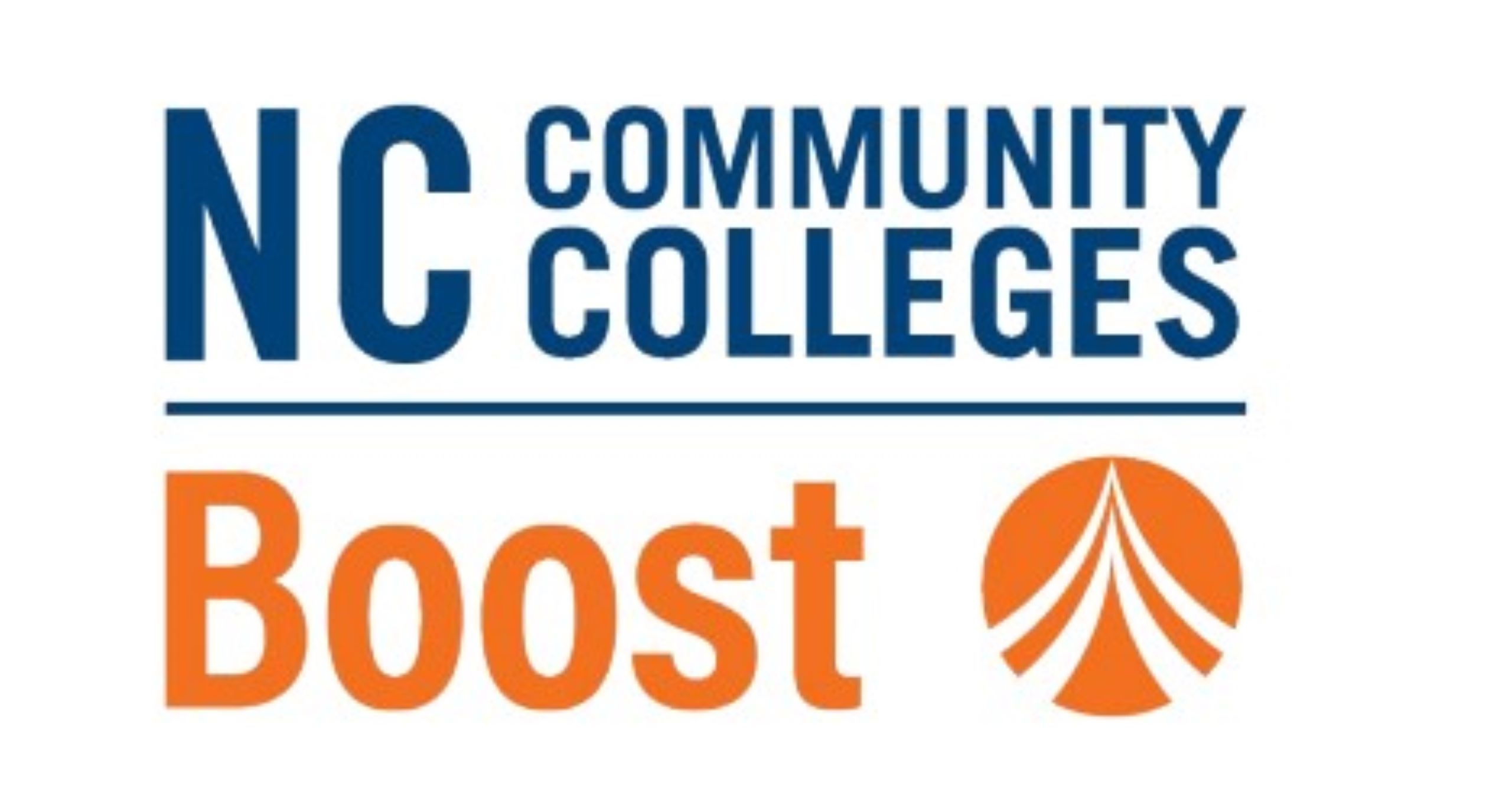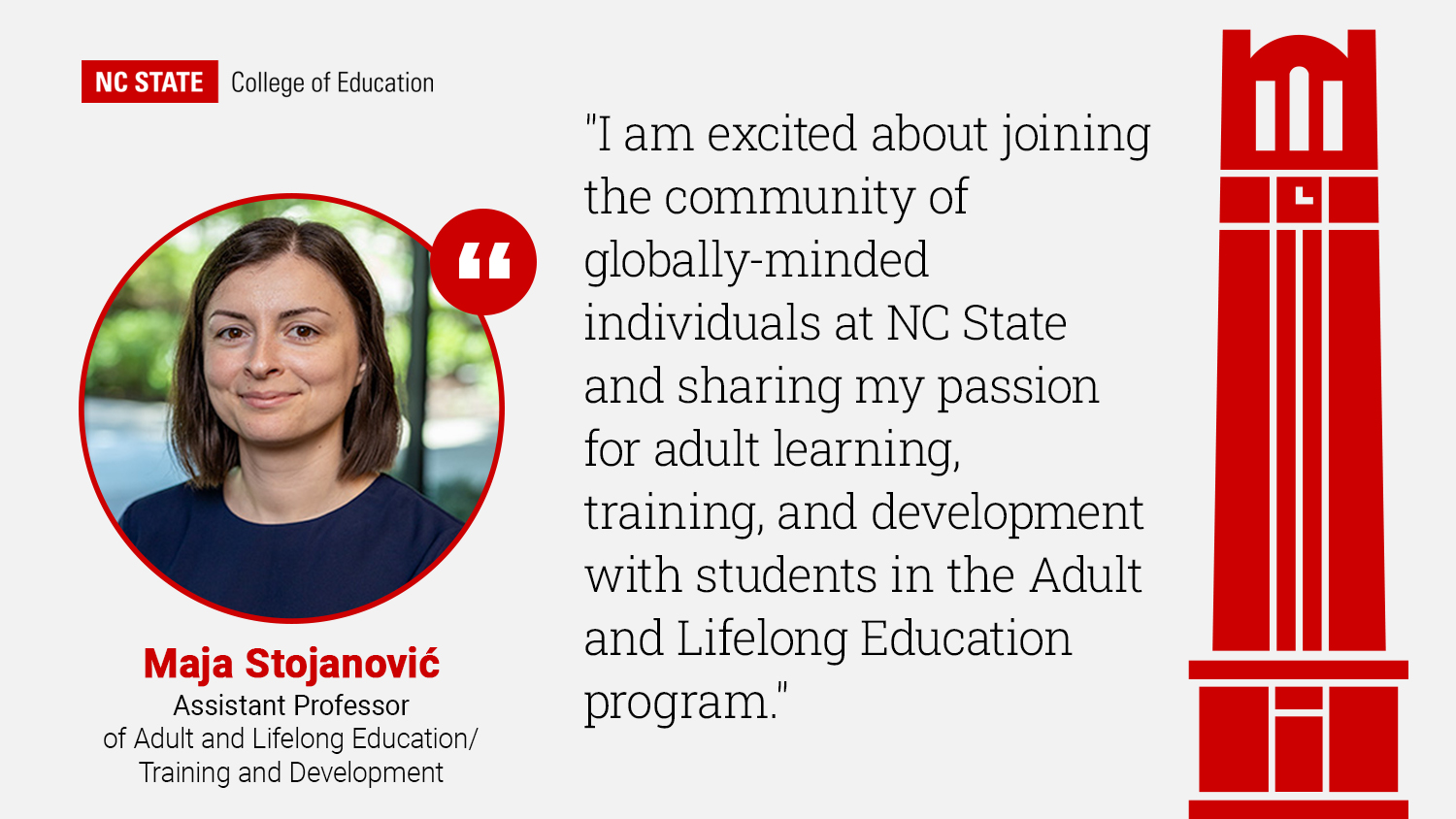Is Your Workload Fair? At Universities, It Depends on Who You Ask

A new study reveals differences in how faculty members perceive the fairness of how work is distributed in higher education. The study found white women were less likely to see the workload in their departments as equitable, while women who identified as Asian, Black, Latinx, Native American or multi-racial were less likely to feel certain work was valued through their departments’ reward systems.
However, the study also identified strategies that could reduce perceptions of inequitable labor. Transparency in workload assignments, clarity in work roles and policies to ensure fair workload assignments were linked to reduced concerns of workload inequity.
The findings were drawn from a survey of 957 faculty members in 53 science, technology, engineering and math departments in 22 higher education institutions in the United States. The study, led by researchers at the University of Massachusetts Amherst, is part of a research effort to evaluate and address workload equity issues. The study was published in the journal Gender & Society.
“The way faculty feel about their departments matters to whether they stay or leave,” said study co-author Audrey Jaeger, W. Dallas Herring Professor of Community College Education at North Carolina State University and executive director of the Belk Center for Community College Leadership and Research. “Retention of faculty of color is an issue for many predominantly white institutions, and our research suggests it is an area that department chairs and deans can do something about.”
The Abstract spoke with Jaeger about the study.
TA: What did you find in terms of how faculty perceived workload equity?
Jaeger: We learned that women were less likely to see their workload as equitable as compared to men. Women who identified as Black, Asian, Latinx, Native American or multi-racial were more likely than white women to perceive their workload as fair, but they were less likely to view the important work of teaching, mentoring, and service as rewarded by their colleagues. This last point is critical as we know from a decade of research that women, and particularly women of color, tend to do more of this work.
We also found differences by institutional type. Faculty in doctoral/research universities were less likely to see their departments as committed to equity. This may be due to the varying workloads at research universities as compared to smaller institutions. Future faculty are trained at doctoral/research universities, which is challenging since the place in which they receive their education is not perceived as fair across gender and race.
TA: What is the major takeaway from this study?
Jaeger We can change and improve perception of workload equity. Departments have access to tools that can improve transparency and perception about fairness. We found that increased transparency led to perceptions of increased fairness. We should not assume that these perceptions can’t change and that conditions can’t get better – we can improve the culture of our departments and make our environments more equitable.
TA: Looking at the background and reason for the study – what gaps exist in gender, race and ethnicity among faculty in the United States?
Jaeger: Despite significant efforts by the National Science Foundation and other organizations to examine the preparation of future faculty, the recruitment and retention of faculty and faculty workload and rewards, fewer women and people of color are in STEM fields. Much is being discussed now about women and people of color experiencing the results of the pandemic in inequitable ways. Productivity for women has decreased because of child care responsibility and other demands on their time. The demands of the household are not equally distributed and thus the pandemic has caused additional pressure on women.
In addition, the systemic racism in our society is reflected through additional pressure and challenges for our colleagues of color. These challenges have only increased during the pandemic. As colleges and departments engage in important work around race and gender, this work often falls on people of color and women, which is the “invisible labor” that we have studied throughout our project. This labor is often not accounted for in a faculty member’s regular workload nor is it rewarded.
TA: Has any research looked at these issues in community colleges? What future work is needed?
Jaeger: This study focused on four-year institutions and thus the perceptions of four-year faculty. We know the workloads of community college faculty members have increased exponentially during the pandemic. At the same time, they are less likely to receive professional development, less likely to be supported by a center for teaching and learning on their campus, more likely to have larger advisee load, and more likely teaching larger classes and more of them. Engaging community college faculty would be an important step. In North Carolina alone, we have over 15,000 community college faculty members.
This post was originally published in NC State News.
- Categories:


